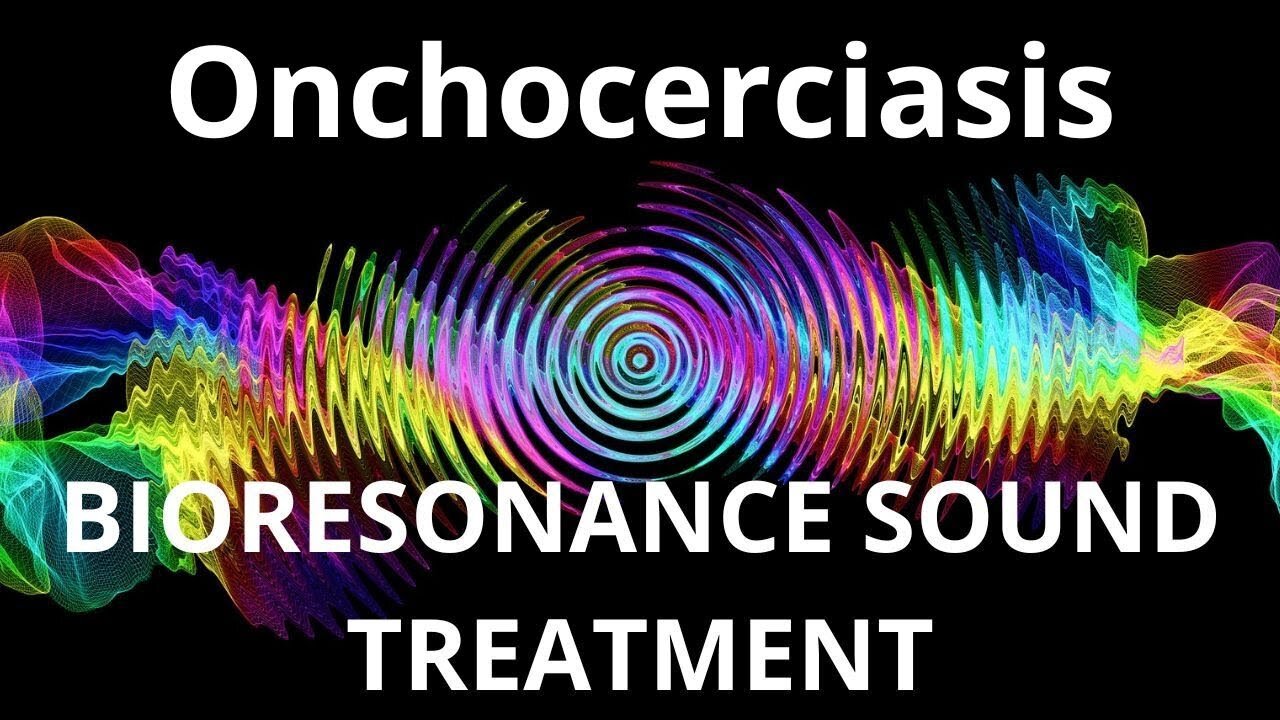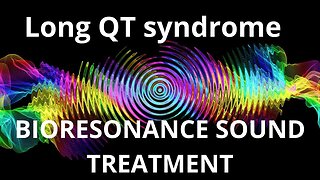Premium Only Content

Onchocerciasis _ Bioresonance Sound Therapy _ Sounds of Nature
#Sounds_of_nature#sound_vibrations#sound_therapy
Onchocerciasis, also known as river blindness, is a parasitic disease caused by the Onchocerca volvulus worm. It is transmitted to humans through the bites of infected black flies and is a major public health problem in sub-Saharan Africa. Traditional treatments for onchocerciasis include medication and surgery, but alternative therapies, such as bioresonance sound therapy, are also being explored.
Bioresonance sound therapy is a form of alternative medicine that uses sound waves to promote healing in the body. The theory behind bioresonance therapy is that every cell in the body has its own unique electromagnetic frequency, and by using specific sound frequencies, it is possible to tune into and manipulate these frequencies to promote healing.
Research has shown that bioresonance sound therapy can be effective in treating a wide range of conditions, including chronic pain, anxiety, and depression. It has also shown promise in treating parasitic infections like onchocerciasis.
One approach to using bioresonance therapy to treat onchocerciasis is to use specific sound frequencies to disrupt the life cycle of the Onchocerca volvulus worm. The idea behind this is that the sound frequencies can interfere with the worm's ability to reproduce and ultimately lead to its death.
Another approach is to use bioresonance therapy to stimulate the body's natural healing processes. This can involve using specific sound frequencies to boost the immune system, increase circulation, and promote tissue regeneration. By doing so, the body is better able to fight off the parasitic infection and heal itself.
One of the benefits of bioresonance sound therapy is that it is non-invasive and has few side effects. Unlike traditional treatments for onchocerciasis, such as medication and surgery, bioresonance therapy does not require the use of drugs or invasive procedures. This makes it a safer and more gentle alternative for patients who may not be able to tolerate traditional treatments.
However, it is important to note that bioresonance sound therapy is still considered an experimental treatment for onchocerciasis.
In conclusion, bioresonance sound therapy is a promising alternative therapy for the treatment of onchocerciasis. While more research is needed to fully understand its effectiveness and safety, it has shown promise in disrupting the life cycle of the Onchocerca volvulus worm and stimulating the body's natural healing processes. As with any parasitic infection, it should always be used in conjunction with traditional treatments.
TO ACHIEVE A POSITIVE RESULT, DAILY LISTENING TO VIDEOS IS REQUIRED.
I wish you health and prosperity!
You can purchase unique medicines in my store:
https://store11998180.company.site/
You have the opportunity to support the channel:
https://destream.net/live/RadSiarAl/donate
-
 29:59
29:59
BIORESONANCE SOUND THERAPY
16 days agoLong QT syndrome _ Sound therapy session _ Sounds of nature
1051 -
 5:59:05
5:59:05
SpartakusLIVE
10 hours ago#1 MACHINE Never Stops The GRIND || LAST Stream UNTIL Friday
147K2 -
 28:36
28:36
Afshin Rattansi's Going Underground
1 day agoDoug Bandow: ENORMOUS DAMAGE Done to US’ Reputation Over Gaza, Trump ‘Easily Manipulated’ by Israel
28.8K29 -
 2:45:13
2:45:13
Barry Cunningham
16 hours agoCBS CAUGHT AGAIN! CHICAGO A MESS! LISA COOK IS COOKED AND MORE LABOR DAY NEWS!
114K51 -
 6:39:17
6:39:17
StevieTLIVE
10 hours agoMASSIVE Warzone Wins on Labor Day w/ Spartakus
34.1K1 -
 10:46:42
10:46:42
Rallied
17 hours ago $18.27 earnedWarzone Challenges w/ Doc & Bob
202K4 -
 3:26:25
3:26:25
Joe Donuts Live
10 hours ago🟢 Lost in Space with My Clones: The Alters Adventure Begins
38.6K5 -
 7:20:22
7:20:22
Dr Disrespect
18 hours ago🔴LIVE - DR DISRESPECT - TRIPLE THREAT CHALLENGE - WINNING AT EVERYTHING
225K12 -
 2:35:33
2:35:33
Chrono
11 hours agoBirthday-eve Stream | Helldivers II
32.6K1 -
 54:40
54:40
BonginoReport
1 day agoLABOR DAY SPECIAL! The Best of Nightly Scroll - Nightly Scroll w/ Hayley Caronia (Ep.124)
139K16